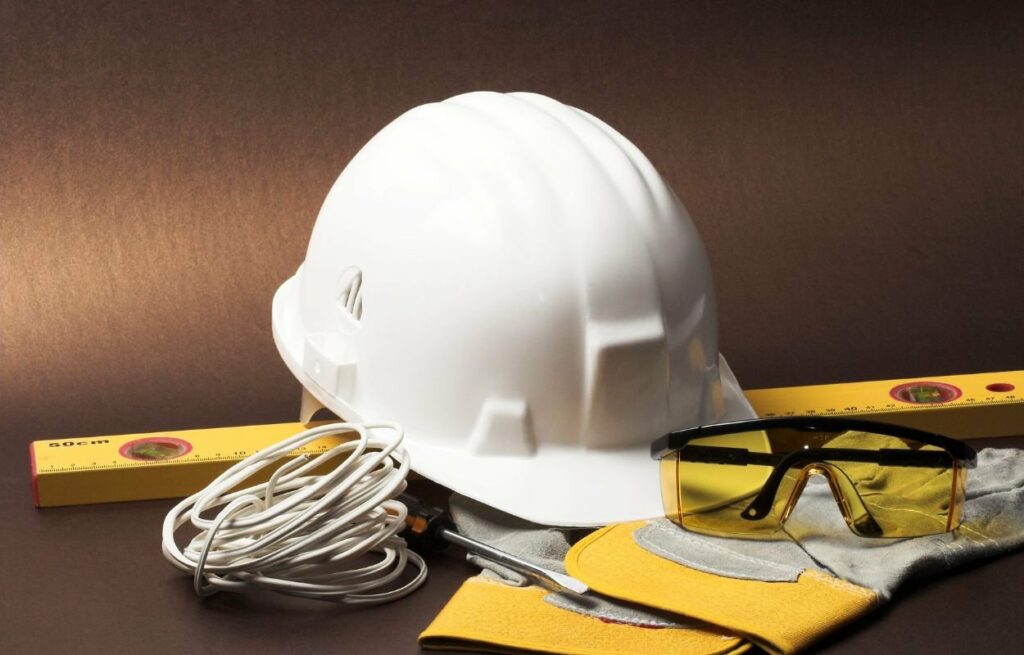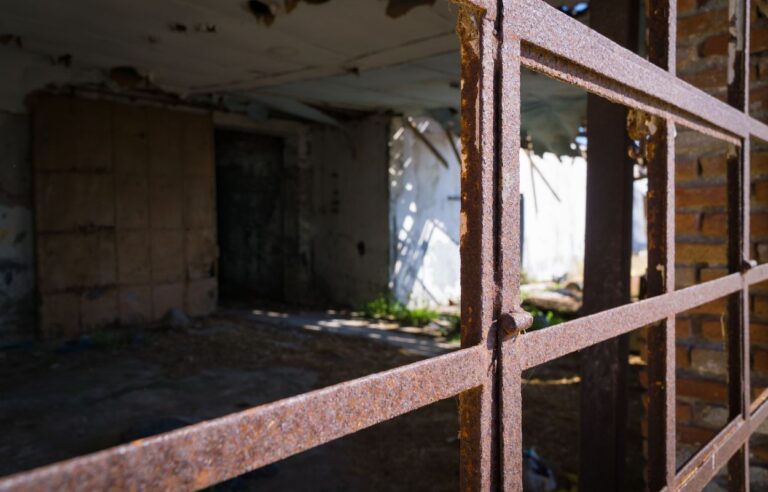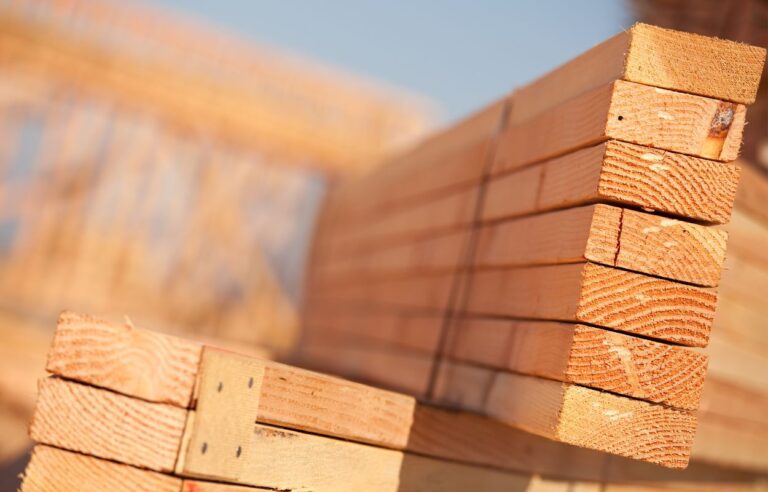
When it comes to tearing down structures or renovating spaces, having the right gear is crucial. Deconstruction, unlike traditional demolition, is a meticulous process that requires precision and the appropriate tools. In this blog post, we’ll explore the essential gear needed for effective deconstruction, shedding light on the tools that make the process efficient and environmentally friendly.
UNDERSTANDING DECONSTRUCTION
Before delving into the gear, it’s vital to grasp the concept of deconstruction. Unlike demolition, which involves wrecking a structure with little concern for salvaging materials, deconstruction is a methodical disassembly. It prioritizes the recovery of reusable materials, promoting sustainability and reducing waste. Local deconstruction services have embraced this approach, recognizing its environmental benefits and the potential for community engagement.
RECIPROCATING SAW FOR PRECISION CUTS
One of the indispensable tools for any deconstruction project is the reciprocating saw. This versatile tool allows workers to make precise cuts, facilitating the careful dismantling of structures. Its ability to navigate tight spaces makes it ideal for salvaging materials without causing unnecessary damage. Local deconstruction services often rely on reciprocating saws to ensure the structural integrity of reclaimed materials.
CROWBAR – THE DECONSTRUCTION WORKHORSE
A humble yet essential tool in the deconstruction toolkit is the crowbar. With its leverage and prying capabilities, the crowbar helps in separating materials without causing undue stress. This tool is particularly useful in removing nails and dismantling wooden structures. Local deconstruction services prioritize the use of crowbars to minimize material damage and maximize salvageable components.
SOFT-FACED MALLET FOR DELICATE DISMANTLING
Deconstruction is not just about force; it’s about finesse. A soft-faced mallet plays a crucial role in the delicate dismantling of structures. This tool is instrumental in dislodging components without causing fractures or breakages. Local deconstruction services use soft-faced mallets to carefully extract materials, ensuring they remain intact for reuse or recycling.
DUST SUPPRESSION SYSTEMS – KEEPING THE ENVIRONMENT SAFE
Deconstruction often involves the generation of dust, posing risks to both workers and the surrounding environment. Dust suppression systems are critical in minimizing airborne particles, promoting a safer and healthier workspace. Local deconstruction services prioritize the use of these systems to adhere to environmental regulations and enhance overall site safety.
PERSONAL PROTECTIVE EQUIPMENT (PPE) – ENSURING WORKER SAFETY
Worker safety is paramount in any deconstruction project. Personal Protective Equipment (PPE) is non-negotiable. From hard hats to steel-toed boots, local deconstruction services prioritize the well-being of their workers. Properly equipped workers can confidently navigate the deconstruction process, mitigating potential hazards.
In the realm of deconstruction, having the right gear is the key to success. Reciprocating saws, crowbars, soft-faced mallets, dust suppression systems, and PPE are indispensable tools that ensure a safe, efficient, and environmentally conscious deconstruction process. Local deconstruction services, committed to sustainable practices, rely on this gear to transform the built environment while minimizing the ecological footprint. As communities increasingly embrace the importance of responsible deconstruction, having the right gear becomes not just a necessity but a commitment to a greener future.





